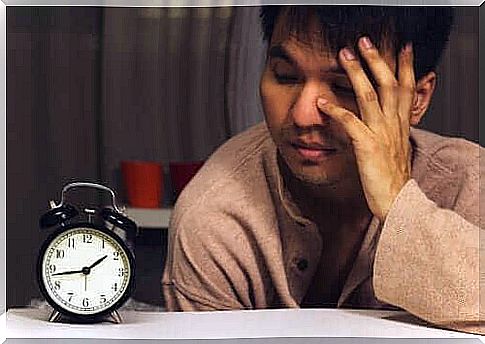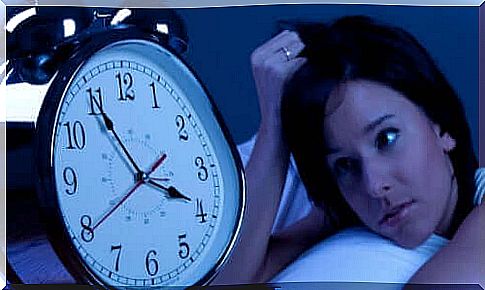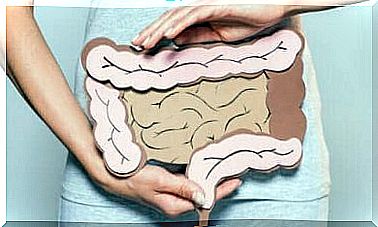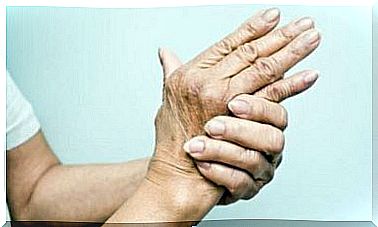End The Cycle “I’m Sleepy But I Can’t Sleep”

Many of us may struggle with the problem of different types of insomnia. If you’ve ever been unable to sleep despite being tired, it was probably insomnia. Overall, it is one of the most common sleep disorders in our population.
This disorder is the low ability to sleep. Usually it can manifest itself in several ways. In our article, you will learn what the different types of insomnia look like .
Different types of insomnia
Doctors classify insomnia according to what causes it:

1. Basic insomnia
This is insomnia that has no apparent cause. Overall, about 10% of the population suffers from this disorder.
In addition, this type of insomnia can also be divided into different types, depending on the manifestation and source of the problem:
- Idiopathic insomnia. It comes from our childhood. It is usually associated with poor sleep habits.
- Psychophysiological insomnia. This type is characterized by a high level of psychophysiological activation associated with falling asleep. Overall, a person suffering from this disorder is very concerned about sleep problems and makes every effort to stay awake every night.
2. Secondary or coexisting insomnia
This next type of condition means that there is a clear cause for the patient’s insomnia. In addition to treatment, doctors must consider the cause of each case, the other disorders that the patient suffers from, as well as their consequences.
Types of insomnia according to their duration
1. Transient insomnia
First of all, transient insomnia lasts less than a month. It is the most common type of this condition. It is often associated with the stressors that trigger it. Some of these factors include sudden schedule changes and family, work or personal problems.

Typically, a person suffering from this type of insomnia begins to sleep normally when the sources of stress are gone.
2. Short-term or acute insomnia
This type of insomnia lasts from one to three months. Sometimes it is associated with stressful life events. Basically, it is the situations that trigger it that make it last longer. These include loss of a loved one, breakup, or serious illness.
In addition, the patient often has to deal with other problems such as anxiety, stress and depressed mood.
3. Chronic insomnia
In this case, the person suffers from long-term trouble sleeping or falling asleep. This situation can affect the functioning of the sick person during the day.
Basically, problems with falling asleep or uninterrupted sleep affect patients more than three times a week and last at least three months. Unfortunately, sick people struggle not only with sleep deprivation. They also usually have emotional, mental and physical difficulties during the day.
Different types of insomnia: classification by symptoms
1. Initial insomnia
It usually means that people have difficulty falling asleep. This type of insomnia is more common in young people.

In addition, it is usually associated with medical problems, substance abuse, or psychological or psychiatric problems. These include, but are not limited to, anxiety disorders.
2. Preservative insomnia
This type of condition is characterized by an inability to stay asleep. People who suffer from them wake up several times a night. They can also wake up for long periods of time.
3. Terminal insomnia
This type of insomnia manifests itself in the morning. It makes a sick person wake up very early. Usually it is at least two hours earlier than usual. When a person wakes up, they cannot sleep anymore.
Terminal insomnia is usually associated with depressive disorder.
Summary
Overall, in order to address insomnia, you need to consider the factors that cause it. You may need to change your inappropriate behavior and habits. However, you also need to deal with unhealthy thoughts that worry you and limit high emotional activation. In this case, therapy can help.









